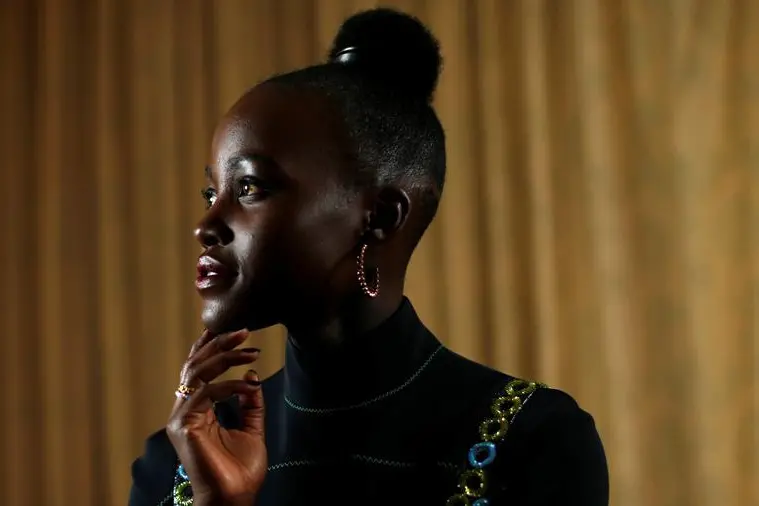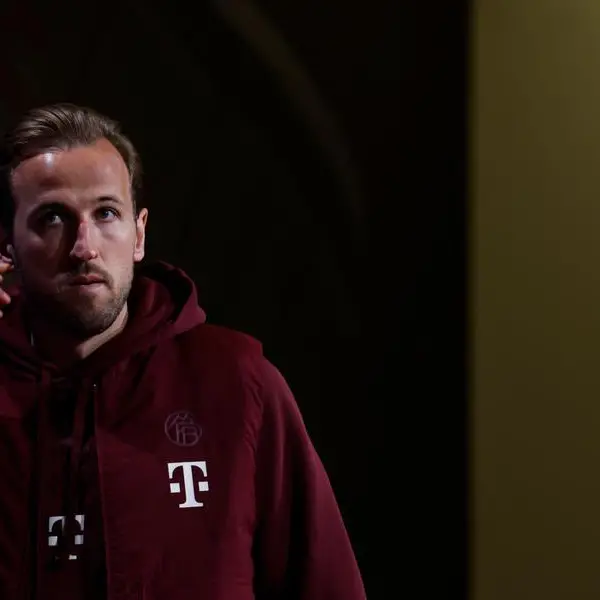PHOTO
"Black Panther," as pop-culture pundits everywhere have been declaring, is more than just another comic-book blockbuster. It's a movie that symbolizes a shift in possibility. It's one more sign -- like last year's "Wonder Woman" -- that Hollywood can change, that it can welcome new voices to the top level of its image-making machinery. Yet we've witnessed these kinds of shifts before, only to see things shift back.
This year, however, the perception of change is bolstered, to an unprecedented degree, by the cultural revolution of the #MeToo movement, which wasted no time in reaching beyond the entrenched pathology of sexual harassment to address one of the key issues at its core: equality in hiring -- that is, power-sharing. A zero-tolerance policy toward harassment may be the new law of the land, but the entertainment industry, it was (rightly) said, couldn't change the way it needed to until it ceased being a boys' club.
Back in the '90s, when filmmakers like Spike Lee and John Singleton were making inroads into the mainstream movie industry, there was a line of argument that film executives used to trot out whenever they were confronted with charges of racism. They would defend their turf by saying, "The only color Hollywood cares about is green." That's a clever and insidious notion, since it slyly offers up one of the worst realities of the entertainment industry (its obsession with breaking the bank) as a cover for an even worse reality. It's saying, in essence, "How could I be racist when I'm this greedy?" That same logic could be applied to the issue of gender: "How could I be discriminating against female moviegoers when I'm this greedy?"
Yet there are, in truth, many priorities in Hollywood apart from greed. People have a bias toward making movies that reflect...themselves. Ever since the '80s, when the film industry morphed into a franchise-driven business of sensation aimed, primarily and officially, at teenage boys, the boys' club of Hollywood has defended its tastes -- and its hiring practices -- with an axiomatic logic that became accepted and embraced in the society at large.
The new New Hollywood, reborn as a pop fundamentalist dream factory after "Jaws" and "Stars Wars," was built on an all-fantasy-all-the-time aesthetic that justified itself with every report of the weekend box-office grosses. The new Hollywood said, in essence, "Don't talk to us about racism and sexism. This is what sells." Franchise films, even though they weren't yet called that, were treated as a religion: If you build this glittering big-budget special-effects sequel, they will come. And the key word in that formulation was "they." They will come.
Who were they? They, of course, were the fanboys.
For years -- decades -- fanboys dominated the film industry from the ground up. They represented the Force that must be served. And so it only made sense that the powers who were hired to serve them in Hollywood were, themselves, overgrown fanboys. They made the movies they wanted to see, serving an audience of teenage boys and slightly older young males who were, in essence, junior versions of themselves. And (so the logic went) you couldn't argue with what they were doing, at least as a business plan, because this was simply the new version of "giving the people what they want."
The word "fanboy," which a lot of fanboys themselves loathe, is so embedded in our popular culture that it's time we took a moment to acknowledge what a distorted reality it has come to represent. The idiomatic quality of the word makes its own statement; it says that fan and boy go together because they're really the same thing. But to put it bluntly, "fanboy" is an outdated and sexist word -- and a racially reductive one, too, as anatomized by Lawrence Ware's recent New York Times piece "'Black Panther' and the Revenge of the Black Nerds." Yet it conjures up a vision that the film industry, to a large extent, still lives by.
Let's acknowledge that back in the '80s, when Hollywood first discovered its born-again blockbuster self by relentlessly targeting teenage boys, the demographic studies all justified what the executives were doing. Slasher movies became a major industry, and those films were catnip to the young-male demo. The same was true for cheesy T&A comedies like "Porky's" or Sly and Arnold action pulp. The young-male demo became a self-fulfilling prophecy, to the point that no one ever thought it would change.
But then it did begin to change. And the way you could tell was, simply, by going out to the movies and casting a glance around you. I'm not a professional statistician, but I am a film critic, so I've spent more time in movie theaters, in various parts of the country, than almost anyone I know. I will tell you -- I'm sure the experience of others can bear this out -- that when you go to the kind of movie that used to be made for "young males," you will now see young males...and young females. And that's due to an underlying change in the social temperament of gender.
In the '80s, boys grooved on ultra-violent horror, or galactic sci-fi, or action that blowed up real good, because those genres shored up something in their psyches. Young men, as has been true ever since the '50s, wanted to think of themselves as cool, and movies about masked psycho killers were a geek's form of cool. (They were blood-drenched rock 'n' roll.) So were James Cameron movies and Schwarzenegger shoot-'em-ups. Girls, at the time, may have preferred John Hughes, but the concept of cool hadn't yet invaded -- or, at least, taken over -- their pop sensibilities. It was there in, say, Madonna's punk-ragamuffin vibe in "Desperately Seeking Susan," but that was the exception rather than the rule. Cool was still the overwhelming province of dudes (or, as they were called then, guys).
But just look around you! Pop culture rooted in the imagination of women -- Beyonce, "The Hunger Games," "Lady Bird" -- is now as tough and hip and self-determining as dude culture. Judging from some of the reader comments on Sonia Saraiya's excellent recent post about the over-extending of "Star Wars," there are more than a few young men out there who still believe that "Star Wars," after all these years, is a guy thing. Sorry: That's a dusty perception rooted in ancient history. From "Star Wars" to the WWE, there's hardly such thing anymore as a culture for young men that's cut off from women.
Go out, on a Saturday night, to any over-the-top horror movie, any edgy violent action fantasy, and the audience will be some version of 50-50. The MPAA's carefully compiled stats bear this out: Women and girls comprise half (or a little more) of the moviegoing audience -- and that's in a world where movies are designed, in the minds of far too many of the executives who greenlight them, to appeal to young men. This message is reinforced, year after year, at Comic-Con, which began as a doctrinaire fanboy event but is now a place where fanboys and fangirls mingle and merge.
Yet there's no denying that the image of the fanboy persists. Not just the fan, but the male nerd-geek obsessive who rules movie culture through the displaced passion of his pop addiction. He's been calling the shots in Hollywood for too long now, justifying the tastes and decisions of the people who work there. He was once a reality. But now, he's just an excuse.
© Reuters News 2018












